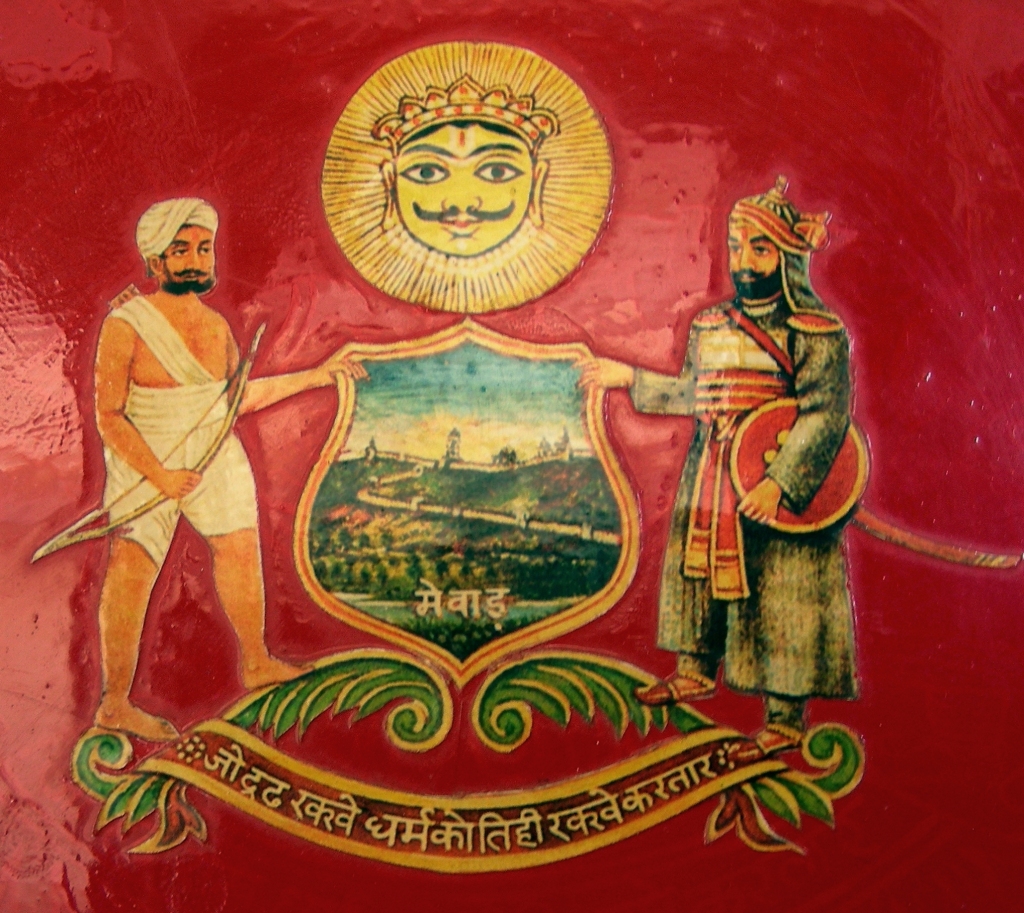Marrying the facts with fiction is no mean feat, but then in the land of the brave Rajput people the romantic illusion of living life to the fullest is not only romantic but also an inspiration for ballads and songs.

Suryavamshi (The Sun Kings of Rajasthan) particularly focuses on the kings of Mewar who were said to have descended from the Sun God. The chronology of the kings isn’t what you can expect in this book but you can definitely have a wonderful storytelling that mixes James Todd’s Annals and Antiquities of Rajasthan merged into a storytelling by Abanindranath Tagore, leaving you engaged till the end. The translation and adaptation from the original ‘Raj Kahini’ in Bengali to English by Sandipan Deb is a beautiful undertaking. This book is published by Juggernaut Books.
As a reader and reviewer hailing from the lineage of the Sun Dynasty, of course I would sound biased in my approach to the review of the book. However, I have tried and been objective in my approach to the reviewing.
The captivating story of Shiladitya, adventures of Bappa Raval, the love of Rani Padmini for her husband and the Jauhar story, Mirabai’s devotion, tracing dynasties and lineage till Chhatrapati Shivaji and the relationship of the Rajput kings with the Bhil kings has been vividly described with many other stories of challenges the sun kings faced. The political intrigue, drama, ascendance to the throne, the right way to rule and the kingdoms and dominions are all fantastically described with facts and fiction. Abanindranath himself had admitted to getting the facts from James Todd’s work.
To get the idea of how the emergence of kings, kingdoms and kinship arose from various tribes, we need to understand the historical implications of different situations. The role of Bhils in keeping Mewar from the attack of invaders however can never be ignored. If you see the insignia on the coat of arms you will find both standing proud on either side of the Sun God.
जो दृढ़ राखे धर्म को, ताहि रखे करतार – has been the pledge of the Sun Kings of Mewar but it can be also be taken into consideration for all of Rajasthan’s brave men and women including the royal families to have followed this path. The pledge translates as – The Almighty protects those who stand steadfast in upholding righteousness (dharma).

Gods and Goddesses also form part of storytelling, weaving into the fabric of Rajasthan’s religious practices without being too obvious about it.
Overall, the book brings into its stories a beautiful amalgamation of wars, politics, justice, rivalry, enmity, love and bravery. The only drawback is that the book doesn’t go beyond Maharana Pratap’s story, I wish there were more stories to encapsulate the rule of the later kings.
The book is ideal read for readers of 10+years and onwards in age. The confluence of fiction and non-fiction makes it a great read for all kinds of readers.
Book Blurb:
For over a century, Abanindranath Tagore’s Raj Kahini has been among the most beloved works of Bangla literature. Mixing history and mythology with an extraordinary visual imagination, it tells the tales of the Suryavamsha – the Sun Dynasty that ruled Mewar. Here we meet Shiladitya, child of the Sun God; Bappaditya, who builds an empire that stretches up to Persia; Hambir, the cheeky teenager who reclaims the throne of Mewar. We meet Padmini, the princess from SriLanka who becomes a goddess; Mirabai, who renounces her kingdom to be with her child-god, Nandalala.
On every page, we are exposed to emotions that define the human condition – love, sacrifice, jealousy, courage, greed and treachery. Honour and loyalty clash with villainy and evil, and the better side does not always win. Epic in their sweep, universal in their essence, the stories are timeless. Suryavamshi is a translation and adaptation of Abanindranath’s classic for twenty-first-century India.
About the Authors:
Abanindranath Tagore (1871–1951) was one of India’s most important artists and led the influential Bengal School of Art. A member of the Tagore family, he was also a well-regarded writer, especially known for his children’s books which includes the classic Raj Kahini.
Sandipan Deb became a published author at the age of eight when one of his stories was printed in Sandesh, the Bangla children’s magazine edited by Satyajit Ray. Since then his writings have ranged from business to cricket, cinema to artificial intelligence.
About the Book Reviewer:
Reviewed by Kavita Jhala, Founder of Kaffeinated Konversations – a Bibliophile, writer and artist. You can reach out to her on Facebook, Instagram and Linkedin. If you want your book to be reviewed, drop an email to kaffeinatedkonversations@gmail.com



